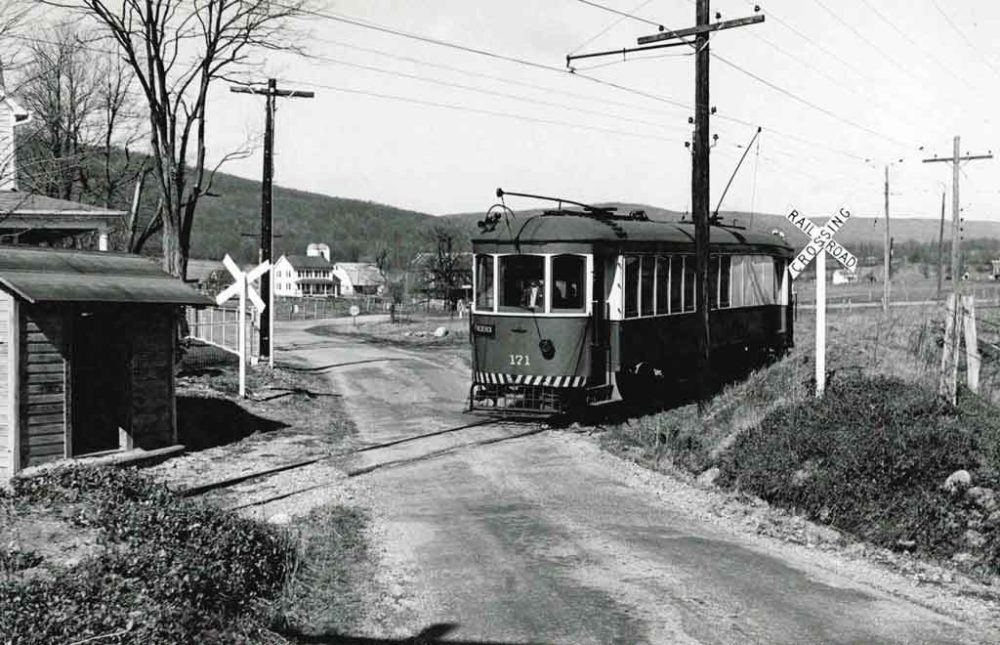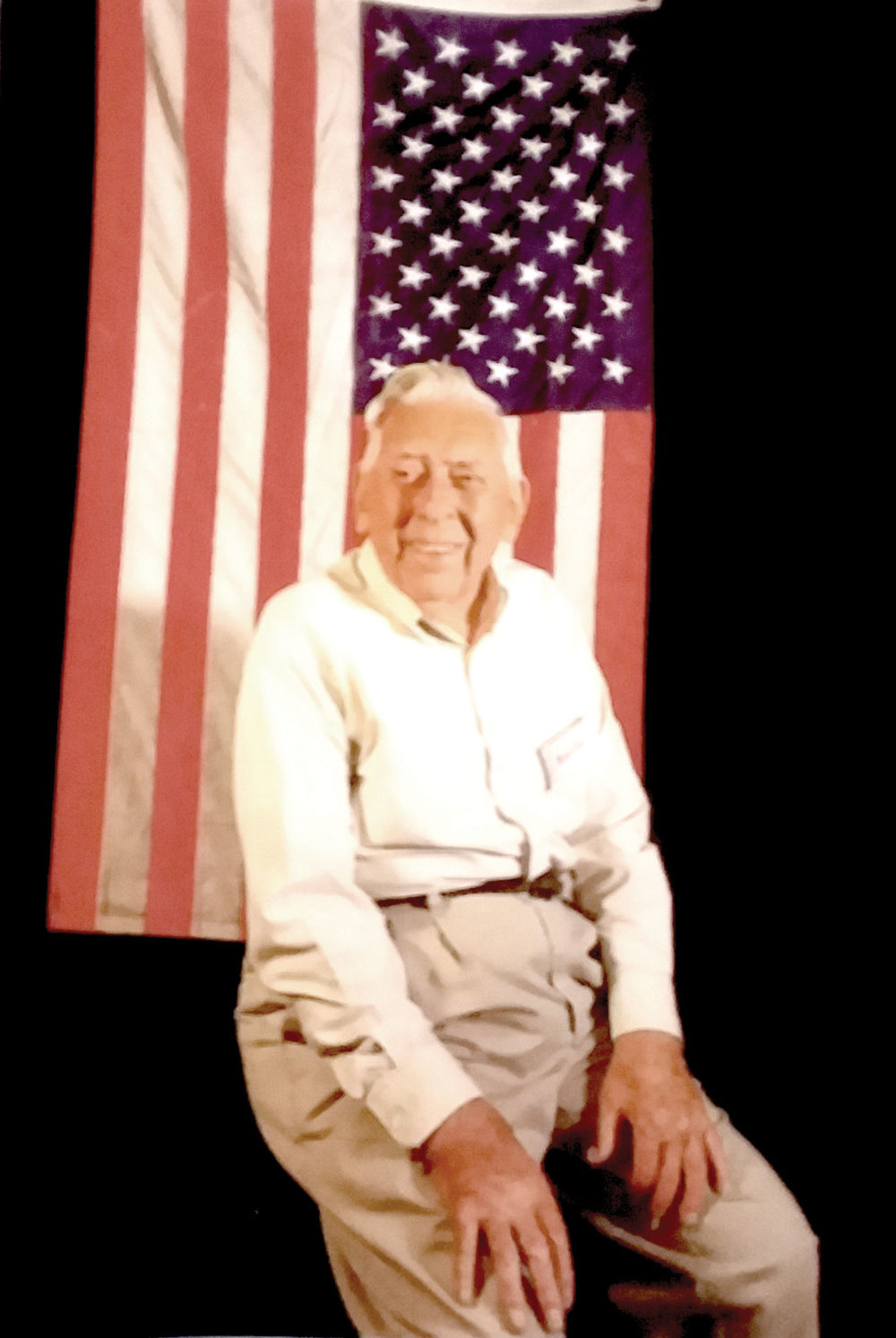by Christine Maccabee
To De-Ice or Not to De-Ice, That Is the Question
I was a bit shocked, but not really surprised, when I read of the harm that is being done to the environment by the salt we throw on our sidewalks, steps, parking lots, and roads. After the Second World War, when the economy began to boom and more cars were manufactured—and, of course, more roads were built—the salt industry began to expand as well. Keeping people safe was the premise, but the environmental consequences became increasingly dire, and over many decades of use, has led to consequences most people did not see coming.
Until I began digging into some facts and figures on the subject, I worried a bit as to how the streams and rivers—the watershed, generally—was able to handle large influxes of salt during icy, snowy winters such as the one we have been experiencing this year. Increasingly over the years, I have used less and less salt on my walkways and porch due to this suspicion, and now I have some facts to support my concern that I thought I would share with you.
According to a 1991 study made by the Forestry Commission in the UK, 700,000 trees were killed annually in Western Europe by salt. Studies made by our U.S. Geological Survey has estimated 19 million tons of salt are used annually on our roads and other impervious surfaces each year. The increased use of salt since the 1950s has created long-term salination in 44 percent of 284 freshwater lakes in the Northeast and Upper Midwest. According to this study, lake ecosystems, human drinking water, fisheries, and certain aquatic lifeforms require pure, fresh, water. Our fresh water is increasingly being attacked on all sides by other pollution sources, such as overflow of coal and animal holding ponds, herbicide and pesticide run-off from farms and lawns, oil spills, other chemical spills, etc.
A pretty gloomy picture, eh? Well, there are solutions, at least to the salt problem, and everyone can help out, if willing, especially caring homeowners and store owners and town and county officials. This winter, I have noticed a different approach to my road up here in the mountains, where the salt is applied in stripes, not thrown out loose. This may help. Also, there is salt with an additive called “deicer,” which is a combination of beet juice, alfalfa meal, or calcium magnesium acetate. However, it is still recommended to use it sparingly.
One suggestion by National Wildlife is to shovel or sweep sidewalks early and often. I know I do, and it works quite well as melting can then occur more quickly, and sometimes even drying, all without the use of salt. Guess you might say I am on a low-salt diet!
When there is truly dangerous ice, however, I will sprinkle a bit of salt only on the area of the steps I plan to walk on. Otherwise, I am just careful, and sometimes I just rough it without any salt. I suppose roughing it, however, is not very popular anymore in this age of convenience, yet there are likely less broken bones and sprains.
Living lightly and with less is always best, as many of us are learning. As Hilary Dugan, a freshwater scientist from the University of Wisconsin said, “Chloride is an environmental problem that we could solve by purely stopping putting so much of it into our environment.” Most of us know that globally fresh water is increasingly less available as human populations increase, and this is becoming more and more of a problem every year.
So, the next time you begin to overdose with salt on your sidewalk or driveway, stop and think about where all that salt will ultimately go as it flows into our storm drains and further into our streams, rivers, and lakes.
If not this year, then next…stop and remember. Our precious Earth thanks you!



